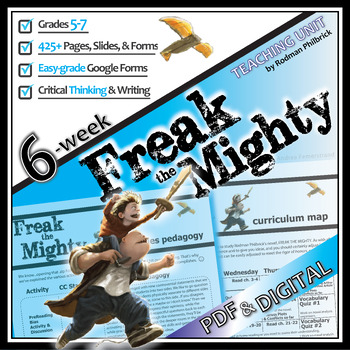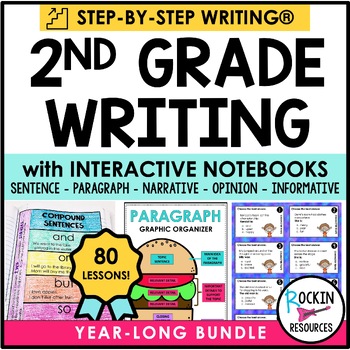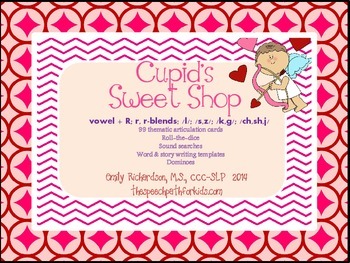 Every first and second grade class had to create a science fair project. Our class had recently read Pop! A Book About Bubbles by Kimberly Brubaker Bradley, so we decided we wanted to do an experiment that involved bubbles. I found this great science project idea called Bubble-ology on Science Buddies.
Every first and second grade class had to create a science fair project. Our class had recently read Pop! A Book About Bubbles by Kimberly Brubaker Bradley, so we decided we wanted to do an experiment that involved bubbles. I found this great science project idea called Bubble-ology on Science Buddies.My kids were so excited! That's what I love about STEM or STEAM - students are naturally curious about the world, so investigations such as this are naturally engaging. The minute I say we will be exploring an idea or conducting an experiment, my students are ready to learn! That begs the question: why don't we include more science and real-world activities in our normal school day? That's a subject for another post, perhaps.
First, we reviewed what we knew about bubbles. We talked about how water alone would not make a long-lasting bubble. We shared our own experiences with blowing bubbles. Then I shared with students that we could make our own bubble solution. I told them that I had found three recipes, but I wasn't sure which recipe would make the best bubbles - the ones that would last the longest. We needed to do an experiment to find out which solution made the longest-lasting bubbles.
I had purchased the ingredients we needed. It didn't cost very much. Glycerin was the most expensive ingredient and it was a little hard to find. I found some in my local CVS pharmacy in the facial care aisle for $5.99.
 The students helped me to mix the ingredients. We followed the recipe on the Science Buddies site. For solution #1, we used only distilled water and dish detergent. For solution #2, we added glycerin to the solution. Solution #3 consisted of distilled water, dish detergent, and corn syrup. I labeled each of the containers so we would know which was which.
The students helped me to mix the ingredients. We followed the recipe on the Science Buddies site. For solution #1, we used only distilled water and dish detergent. For solution #2, we added glycerin to the solution. Solution #3 consisted of distilled water, dish detergent, and corn syrup. I labeled each of the containers so we would know which was which.The students next recorded their hypothesis and wrote about our plan to answer our question: Which solution will make the longest lasting bubbles?
The weather did not cooperate with the next part of the experiment. We were supposed to go outside and blow our bubbles. Unfortunately, it was 35 degrees out with a gusty wind. Not exactly bubble blowing weather. Note to self: plan this activity for springtime next year.
Not to be deterred (and spurred on by the Science Fair deadline), we brought our experiment inside. To avoid a sticky mess and the wrath of our custodian, I covered our carpet with bulletin board paper and we conducted the experiment in our classroom. We sat in a circle as each child took a turn blowing bubbles. Since I have 24 students, I planned to conduct 8 trials for each solution. That ensured that each child had a turn and contributed to the experiment. We used the stopwatch on my phone to record how long each bubble lasted. I made the mistake of calling out 8.26 seconds for the first bubble. I told the students to just record 8 seconds, but they were sticklers for accuracy. For the rest of the experiment, I had to make sure we recorded our times down to the 100th of a second. Another note for next year: round off and call out only whole seconds for students to record.
The following day, we analyzed our data. I gave a quick lesson on finding the average (mean) of a set of data. We practiced our calculator skills as we found the average time for each solution. Then we created a graph and determined the "winner."
After analyzing the results, the students wrote about their discoveries. I love reading their interpretations! Here are a few of them.
Finally, I involved the students in creating the Science Fair Board. I think it's important that students are involved in every stage of the process. After all, they will have to create their own boards in just a few years. Here's our final project. I think it turned out great!
The next day, our weather was a lot nicer, so we went out and had fun blowing some bubbles using the leftover solutions. The students and I all felt that we might have had better results if we had done the experiment outdoors. We may revisit it again this spring.
Our school's STEAM Night was a huge success and many of my students came out to share our project with their families.
If you are interested in exploring bubbles with your class, all of the forms I created, as well as some fun STEAM and Literacy activities, are available in my newest product: Bubble Fun! A Literacy-based STEAM Unit.
Until next time,










